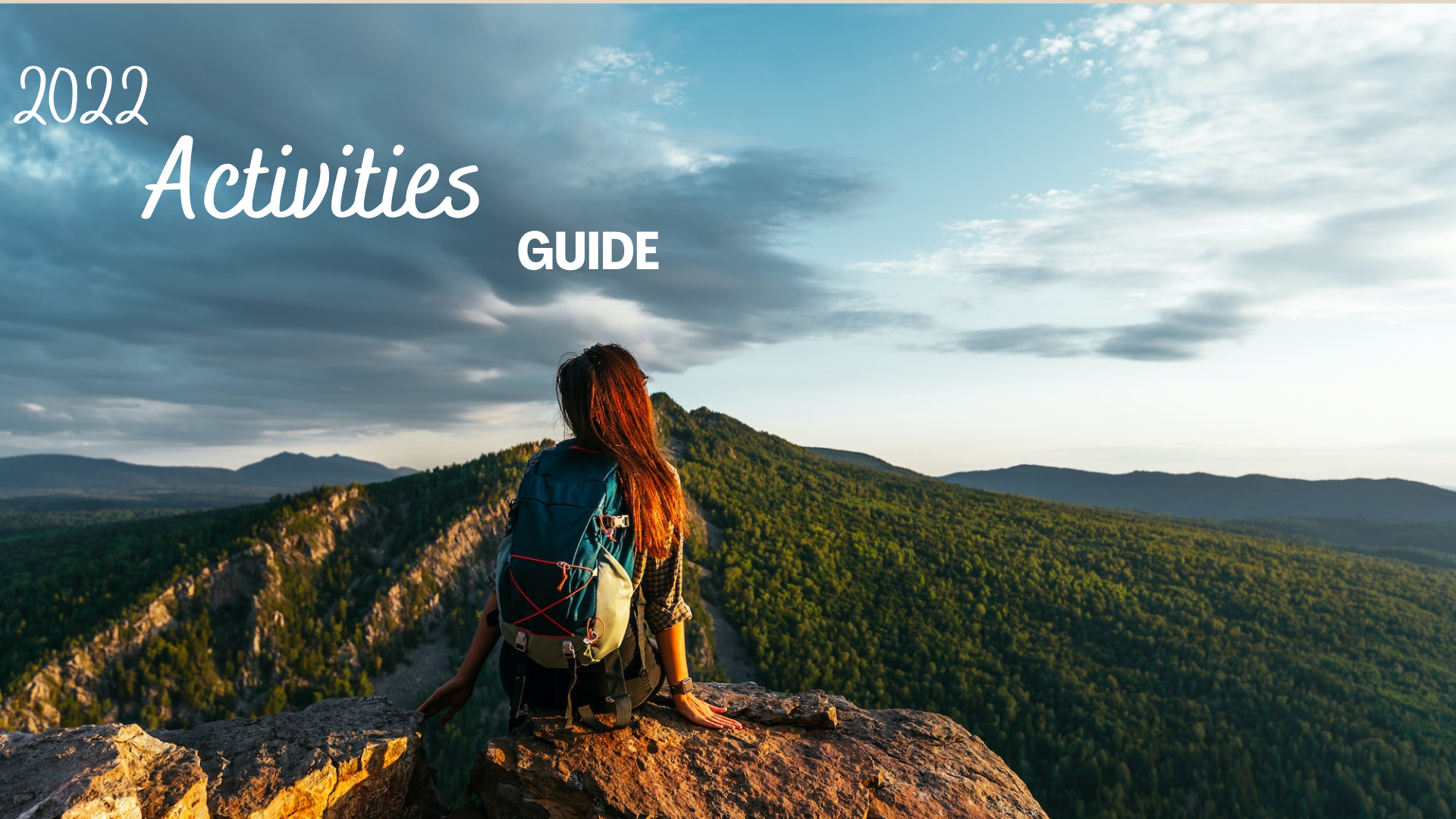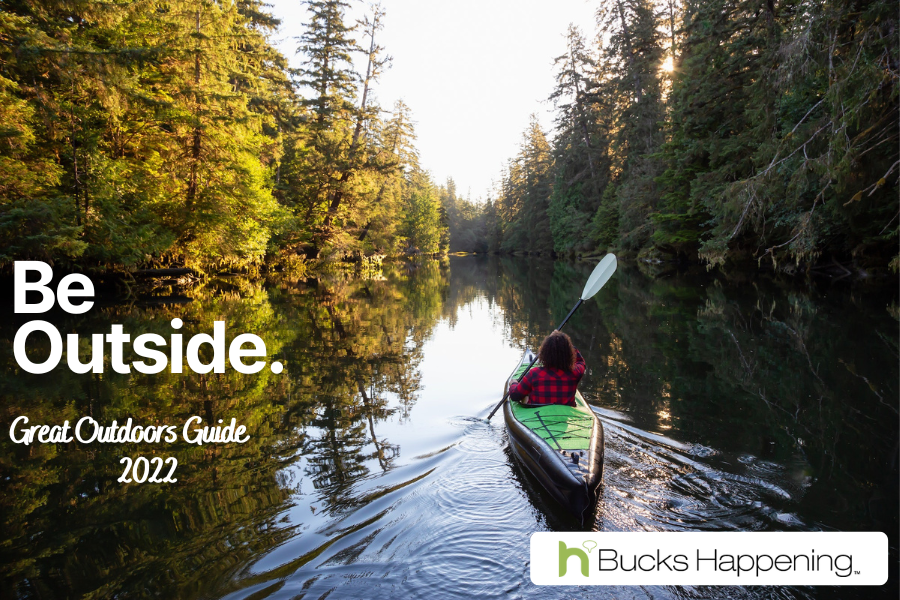
Beyond the Screen: Crafting Your Perfect Outdoor Escape
In an age dominated by glowing screens and the relentless hum of digital notifications, the call of the wild has never been more resonant. From the cacophony of urban life, a primal yearning pulls us towards the whisper of wind through pines, the rhythmic lapping of waves, and the vast, unblinking expanse of a starlit sky. This isn’t just about taking a break; it’s about a fundamental reconnection, an intentional "escape to the great outdoors" that promises not just respite, but profound rejuvenation and self-discovery.
But how does one truly escape? It’s not merely about stepping outside; it’s about crafting an adventure that resonates with your spirit, challenges your limits, and leaves you transformed. This guide delves into the art and science of planning that perfect outdoor odyssey, ensuring your next encounter with nature is not just a trip, but a truly transformative experience.

The Irresistible Call of the Wild: Why We Need It
Before we even consider the "how," let’s understand the "why." Why are humans, increasingly urbanized and technologically tethered, still drawn to the untamed? The answer lies in our evolutionary past and our innate need for balance.
"Nature deficit disorder," a term coined by author Richard Louv in his book Last Child in the Woods, describes the human costs of alienation from nature, including diminished use of the senses, attention difficulties, and higher rates of physical and emotional illnesses. Conversely, engaging with nature offers a powerful antidote. Studies have shown that spending time outdoors reduces stress hormones, lowers blood pressure, improves mood, and enhances cognitive function. A 2010 study published in Environmental Science & Technology found that even a five-minute dose of nature can improve self-esteem and mood.
Beyond the clinical benefits, there’s an intangible magic. The vastness of a mountain range or the endless horizon of the ocean instills humility and perspective. The silence, broken only by natural sounds, allows for introspection. It’s in these moments, stripped of modern distractions, that we often find clarity, creativity, and a profound sense of peace.
Defining Your Outdoor Odyssey: What Kind of Adventure Calls You?
The term "adventure" often conjures images of scaling Everest or traversing vast deserts. While these are certainly adventures, the beauty of the outdoors is its boundless inclusivity. A perfect adventure is deeply personal. It’s not about what others deem "extreme," but what stirs your soul and pushes your boundaries, however modest.
Consider the spectrum:
- The Gentle Explorer: Perhaps your ideal escape involves tranquil forest walks, birdwatching in a local preserve, or a leisurely paddle on a calm lake, followed by a cozy night in a cabin. The focus here is on mindfulness, observation, and gentle movement.
- The Moderate Seeker: This might involve multi-day backpacking trips with moderate elevation gains, rock climbing for beginners, or cycling tours through scenic countryside. The goal is a comfortable challenge, building stamina and skills without excessive risk.
- The Thrill Chaser: For some, adventure means pushing physical and mental limits – whitewater rafting, technical mountaineering, long-distance thru-hiking, or backcountry skiing. These demand significant preparation, skill, and a higher tolerance for risk.

Self-assessment is crucial. Be honest about your physical fitness, existing skills, comfort level with discomfort, available time, and budget. A poorly matched adventure can quickly turn from exhilarating to miserable. As legendary mountaineer Reinhold Messner famously said, "The mountains are not stadiums where I satisfy my ambition to achieve, they are cathedrals where I practice my religion." Your chosen outdoor activity should be your cathedral, a place of personal reverence and challenge, not just a stage for ego.
The Blueprint: Meticulous Planning is Paramount
Once you’ve envisioned your ideal adventure, the true "crafting" begins. Spontaneity has its place, but for truly rewarding and safe outdoor experiences, thorough planning is non-negotiable.
1. Research and Destination Selection:
This is your foundational step.
- Location: Where do you want to go? National Parks, state forests, wilderness areas, or even lesser-known local gems?
- Conditions: What’s the typical weather like during your chosen season? Are there specific hazards (e.g., wildfire risk, avalanche danger, flash floods, wildlife activity)?
- Regulations & Permits: Many popular wilderness areas require permits for camping, hiking, or specific activities. Check well in advance, as some have lottery systems or limited availability. Understand local rules regarding fires, waste, and group size.
- Accessibility: How will you get there? What are the trailheads like? Is public transport an option?
2. Gear Up Wisely: The Right Tools for the Job
"There’s no such thing as bad weather, only bad clothing," goes the old Nordic proverb. Investing in appropriate gear is an investment in your comfort, safety, and enjoyment.
- The Ten Essentials: This classic list, continuously updated, forms the backbone of wilderness safety:
- Navigation: Map, compass, GPS device (and knowing how to use them).
- Headlamp/Flashlight: With extra batteries.
- Sun Protection: Sunscreen, hat, sunglasses.
- First Aid: Kit tailored to your trip’s length and remoteness.
- Knife/Repair Kit: Multi-tool, duct tape, etc.
- Fire Starter: Matches, lighter, waterproof tinder.
- Shelter: Emergency blanket or lightweight tarp.
- Extra Food: Beyond what you expect to eat.
- Extra Water: Or water purification method.
- Extra Clothes: Layers appropriate for worst-case weather.
- Beyond the Essentials: Depending on your adventure, you’ll need a suitable backpack, sleeping system (bag, pad), cooking gear, appropriate footwear (broken-in!), and specialized equipment for activities like climbing, kayaking, or skiing. Prioritize quality, durability, and weight. Test all new gear before your trip.
3. Skill Development: Empowering Your Journey
The best gear is useless without the skills to wield it.
- Navigation: Learn to read a topographical map and use a compass. GPS devices are great, but batteries die; traditional skills are vital.
- First Aid: Basic wilderness first aid (WFA) or even Wilderness First Responder (WFR) courses are invaluable, especially for remote trips. Know how to treat blisters, sprains, hypothermia, and allergic reactions.
- Wilderness Survival Basics: Shelter building, fire starting, water purification, signaling for help.
- Activity-Specific Skills: If you’re climbing, learn knots and belaying. If paddling, master strokes and self-rescue techniques. If backpacking, practice packing efficiently and setting up camp.
4. Safety First, Always: Mitigating Risks
- Tell Someone: Always inform a trusted person of your itinerary, expected return time, and emergency contact details.
- Emergency Communication: A fully charged cell phone (with a power bank), and for remote areas, a satellite messenger (like a Garmin InReach or Spot device) is highly recommended.
- Understanding Risks: Research potential hazards (wildlife encounters, sudden weather changes, difficult terrain) and know how to respond.
- Leave No Trace Principles: This isn’t just safety; it’s ethical responsibility. More on this below.
Embracing the Journey: Mindset and Mindfulness
With the planning complete, the adventure begins. This is where the "crafting" truly shifts from preparation to experience.
- Flexibility is Key: Nature is unpredictable. Trails might be washed out, weather might turn, or you might discover a hidden gem that changes your route. Be prepared to adapt. The most memorable adventures often involve navigating the unexpected.
- Be Present: This is the core of the "escape." Resist the urge to constantly check your phone or document every moment for social media. Engage your senses: listen to the sounds, smell the earth, feel the sun on your skin, observe the intricate details of the natural world. This is where true immersion happens.
- Embrace the Challenge: Discomfort is often part of the growth. A steep climb, a sudden downpour, or a tired moment can be frustrating, but overcoming these small adversities builds resilience and character. The sense of accomplishment at the end of a challenging day is incredibly rewarding.
- Connect: Whether you’re adventuring solo or with companions, foster a deep connection. Solo trips offer profound introspection. Group trips build bonds through shared experiences and mutual support.
The Unseen Benefits and Sustainable Practices
The perfect outdoor adventure extends beyond the physical journey. It often leads to lasting changes in perspective and a renewed sense of purpose. You return not just rested, but often more resilient, creative, and grounded.
Crucially, the privilege of enjoying the outdoors comes with a responsibility: Leave No Trace (LNT). This is a set of ethical principles promoting conservation in the outdoors. Adhering to LNT ensures that the wild places we cherish remain pristine for future generations.
The seven principles of LNT are:
- Plan Ahead and Prepare: As discussed above.
- Travel and Camp on Durable Surfaces: Stick to marked trails, camp in established sites.
- Dispose of Waste Properly: Pack it in, pack it out – including food scraps. Bury human waste properly.
- Leave What You Find: Don’t take rocks, plants, or artifacts.
- Minimize Campfire Impacts: Use established fire rings, keep fires small, burn wood completely to ash, and ensure fires are dead out. In many areas, fires are prohibited.
- Respect Wildlife: Observe from a distance, never feed animals, store food securely.
- Be Considerate of Other Visitors: Yield to others on trails, keep noise levels down.
Adhering to these principles isn’t just about rules; it’s about a deep respect for the environment that offers us so much.
Your Next Adventure Awaits
Crafting the perfect outdoor adventure is an iterative process. Each trip teaches you something new about yourself, your gear, and the natural world. Start small, perhaps with a day hike in a local park, and gradually build up to more ambitious endeavors.
The great outdoors isn’t just a destination; it’s a profound teacher, a relentless healer, and an unparalleled playground for the human spirit. So, silence the digital noise, listen to that ancient call, and begin crafting your escape. Your perfect adventure isn’t out there waiting for you; it’s waiting for you to create it. The wild is ready. Are you?


